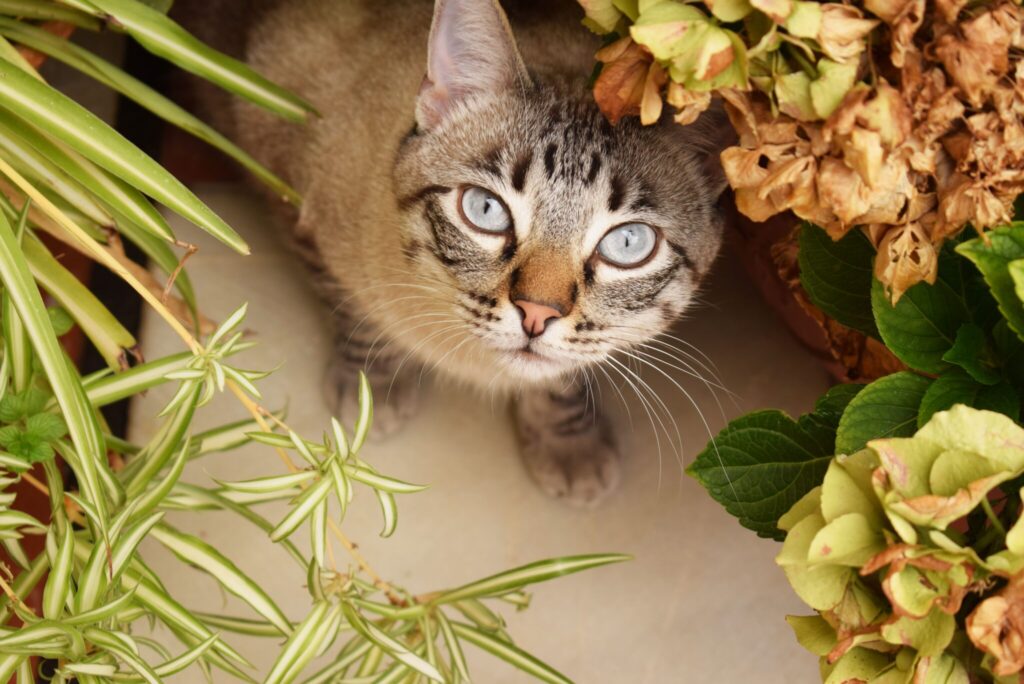Feeding your pet may seem like a simple daily task, but how you serve their meals can actually make a big difference in their comfort and long-term health. One of the most common questions pet parents ask is whether raised feeders are better than bowls placed directly on the floor.
There’s no one-size-fits-all answer, but understanding how each option affects digestion, posture, and overall wellness can help you make a smart choice for your furry friend. From puppies to seniors and small breeds to giants, the right feeding setup depends on several factors. Let’s explore the pros and cons of both raised and floor-level feeders so you can decide what’s truly best for your pet’s health.
Understanding the Purpose of Elevated Feeders
Raised or elevated feeders lift the food and water bowls off the ground, placing them at a more comfortable height for the pet to access. These feeders are especially popular for large breeds or senior dogs with arthritis or neck issues. By reducing the need to bend down, raised feeders help relieve strain on joints, neck muscles, and the spine.
This type of setup can also be helpful for pets who gulp their food quickly. Eating from a raised bowl encourages a slower posture, which may reduce air intake and aid digestion. This is especially helpful when feeding nutrient-rich diets like Purina One Dog Food Lamb and Rice, which includes high-quality protein and complex carbohydrates. You want your dog to fully absorb the benefits, and eating comfortably plays a role in that process.
Some elevated feeders come with adjustable heights, so you can customize them as your pet grows or their needs change over time. For multi-pet homes with different sizes or feeding challenges, this flexibility is often a big plus.
When Floor-Level Bowls Are the Better Option
While raised feeders sound like a great solution for certain issues, they’re not always the ideal choice for every pet. In fact, for many healthy, active dogs—especially small breeds or flat-faced dogs—keeping food and water bowls on the floor is the safer option.
Some veterinarians have raised concerns about elevated bowls and their link to a condition called Gastric Dilatation-Volvulus (GDV), especially in large, deep-chested dogs. GDV, also known as bloat, is a life-threatening condition that involves the stomach filling with gas and potentially twisting. Fast eating and gulping air are risk factors, and while a raised feeder can slow down some dogs, it can encourage faster eating in others.
Additionally, pets with normal mobility or those who prefer a natural feeding posture may find floor-level bowls more comfortable. Puppies just learning to eat solid food, for example, benefit from bowls placed low and steady to prevent tipping and reduce spills.
For most pets on a healthy diet like Purina One Dog Food Lamb and Rice, which provides balanced nutrition, the feeding height won’t drastically impact nutrient intake—but it may affect how comfortably your pet eats it.
Comparing Raised vs. Floor-Level Feeders
Here’s a quick comparison of the two feeding setups:
Raised Feeders
-
Great for large breeds or dogs with joint/neck issues
-
Can promote better posture and comfort
-
Helps some pets eat more slowly
-
May be easier to access for senior pets
-
Not always ideal for flat-faced or fast-eating dogs
-
Potential link to bloat in deep-chested breeds
Floor-Level Feeders
-
Natural position for most dogs and cats
-
Safer for puppies and small breeds
-
Reduces the risk of fast gulping in some pets
-
May cause neck strain in pets with arthritis or mobility issues
-
Messier eating for large or enthusiastic dogs
How to Choose the Right Option for Your Pet
The best feeding solution depends on your pet’s breed, age, medical history, and eating habits. Here are a few questions to help you decide:
-
Is your pet a fast eater? If yes, consider a floor-level bowl combined with a slow feeder insert.
-
Does your pet have arthritis or mobility issues? A raised feeder may reduce pain during mealtime.
-
Is your dog deep-chested or prone to bloating? Talk to your vet before switching to an elevated bowl.
-
How tall is your dog or cat? Taller pets may benefit from a higher bowl, while smaller ones should stick with the floor.
-
Are you feeding dry or wet food? Both feeder styles work well with dry diets like Purina One Dog Food Lamb and Rice, but elevated bowls may help reduce mess with wet meals.
Watching how your pet behaves during meals can also tell you a lot. If they seem uncomfortable, rush through meals, or spill food everywhere, it may be time to reassess their bowl setup.
Other Mealtime Accessories to Consider
In addition to choosing the right bowl height, consider upgrading your feeding routine with a few smart accessories:
-
Non-slip mats to prevent bowl movement and protect floors
-
Slow feeders or puzzle bowls to reduce gulping and promote mental stimulation
-
Automatic feeders for consistent meal timing
-
Water fountains to encourage more hydration
Each small improvement can lead to better digestion, more enjoyment, and even a stronger bond between you and your pet.
Feeding Routine Tips for Better Health
No matter which bowl you choose, a consistent feeding routine is key to a happy, healthy pet. Here are a few tips to keep in mind:
-
Feed your pet at the same times each day to regulate digestion and behavior
-
Monitor portion sizes based on your pet’s weight and age
-
Serve food at room temperature, especially when feeding dry kibble like Purina One Dog Food Lamb and Rice
-
Keep feeding areas clean and free of distractions to reduce stress and encourage calm eating
-
Watch for signs of discomfort, food allergies, or digestive issues and consult your vet as needed
Consistency in mealtime, combined with the right feeding setup, goes a long way in preventing health issues down the road.
Conclusion
Choosing between a raised or floor-level feeder isn’t just about looks—it’s about your pet’s comfort, health, and mealtime habits. What works for one pet may not work for another. The key is to pay attention to your pet’s individual needs, mobility, and how they eat their meals.
When combined with a nutritious diet like Purina One Dog Food Lamb and Rice, the right feeding setup supports digestion, posture, and mealtime happiness. For more thoughtfully designed feeding solutions and accessories tailored to your pet’s lifestyle, visit Pet Pawfects, where your pet’s wellness always comes first.









